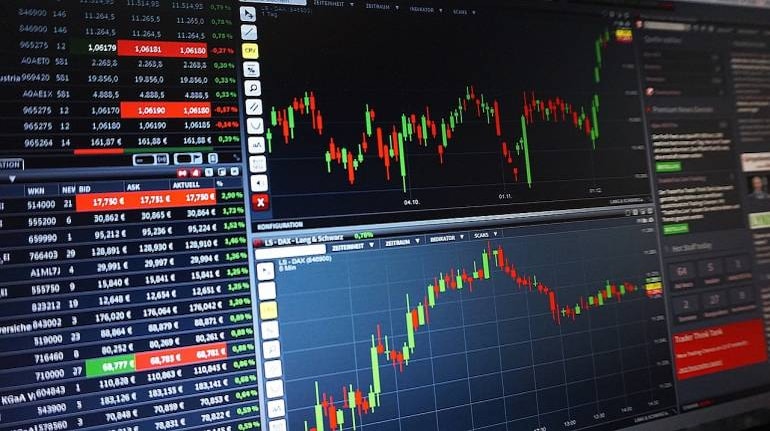



There are two main risks that need to be managed in fixed income funds: (a) interest rate / volatility; and (b) credit risk. Interest rate risk is present in equities too, but its impact on bond investments is different – there is no concept of maturity in equity investments. If you hold your bond or bond fund till maturity, there is no volatility risk, as the product matures and you get back the proceeds from the issuer.
Bond funds that allow you to avoid volatility risk include: (a) Fixed Maturity Plans; (b) maturity roll-down open-ended funds; and (c) target maturity debt ETFs. Credit or default risk, can be minimized through investments in sovereign / quasi-sovereign / AAA-rated PSU (public sector undertaking) bonds.
Measuring returns against the right benchmark
Measuring investment performance in debt funds involves choosing the appropriate benchmark. If the fund portfolio is a replica of the benchmark index and both mature on the same day, then we get a high level of confidence, going by the index composition. This precision is not possible, at least in today’s context, in FMPs and open-ended roll-down-maturity debt funds, because the benchmarks are not customized for a particular product. It is possible, however, in ETFs. Nifty has indices such as Bharat Bond Index April 2023, April 2025, April 2030 and April 2031. Edelweiss Bharat Bond target maturity ETFs replicate these customized indices.
Now, another index called the Nifty CPSE Bond Plus SDL Sep 2024 50:50 Index is set to be rolled out. This index will be the benchmark for Nippon India ETF Nifty CPSE Bond Plus SDL – 2024 Maturity. SDL stands for State Development Loans. These are instruments issued by State Governments and are quasi-sovereign in nature. Nippon India ETF Nifty CPSE Bond Plus SDL – 2024 Maturity is set for roll out this month. The Nifty Bharat Bond ETFs comprise bonds issued by AAA-rated CPSEs (central public sector enterprises) / PFI (public financial institutions) / a Statutory body maturing in a specific year; at maturity, the index is terminated.
The index is rebalanced at the end of every calendar quarter and the weightage for individual issuers is capped at 15 percent. Nifty CPSE Bond Plus SDL Sep 2024 50:50 Index will measure the performance of a portfolio consisting of AAA-rated bonds issued by government-owned entities and SDLs maturing between October 2023 and September 2024. The index will mature on September 30, 2024. All these indices are computed using the total return methodology, by including both price and coupon returns.
Index composition
The Nifty CPSE Bond Plus SDL Sep 2024 50:50 Index will have equal weightage for government-owned entities and SDLs – 50 percent for each category. There would be 10 CPSE Bonds issued by top 10 AAA-rated government-owned entities ranked on a composite liquidity score, maturing between October 1, 2023 and September 30, 2024. Five SDLs issued by the top five states/union territories selected based on their outstanding amount maturing between the dates mentioned earlier will be the other component. Each issuer that is part of the CPSE Bonds portion (50 percent of index) is given equal weight, i.e., 5 percent. For the other part, each State that is part of the SDL component (50 percent of index) is given equal weightage, i.e., each SDL will have a weightage of 10 percent.
Nowadays, trading apps available on mobile phones have made life easier for investors, and their charges are nominal. ETFs can be traded any time of the day. Debt ETFs with target maturity dates behave like FMPs, hence interest rate risk is taken care of as the product and the underlying investments mature on or before the target date. Credit risk is mitigated, as the portfolio comprises AAA-rated PSU bonds in Bharat Bond and AAA rated PSU bonds and SDLs in Nippon CPSE Sep 2024. The portfolio quality of Nippon ETF will be marginally better, as SDLs are perceived to be one notch better, being quasi-sovereign. There is tax efficiency in these products. If you hold them for three years, gains are treated as long term and taxed with the benefit of indexation.
The effective tax rate becomes nominal. In case you require liquidity, it may be sold through the exchange. In FMPs and bonds, secondary market liquidity is an issue. The fund management expenses charged by Edelweiss and Nippon in their ETFs are next to nil. There is visibility on returns as the portfolio YTM (yield to maturity) of these funds is available. Investors will have one more option on debt ETFs, apart from Bharat Bond, from November. The choice can be made on the basis of the maturity date, i.e., 2024, 2025 etc. and cash flow requirements.
(The writer is a corporate trainer (debt markets) and author)
Discover the latest Business News, Sensex, and Nifty updates. Obtain Personal Finance insights, tax queries, and expert opinions on Moneycontrol or download the Moneycontrol App to stay updated!
Find the best of Al News in one place, specially curated for you every weekend.
Stay on top of the latest tech trends and biggest startup news.